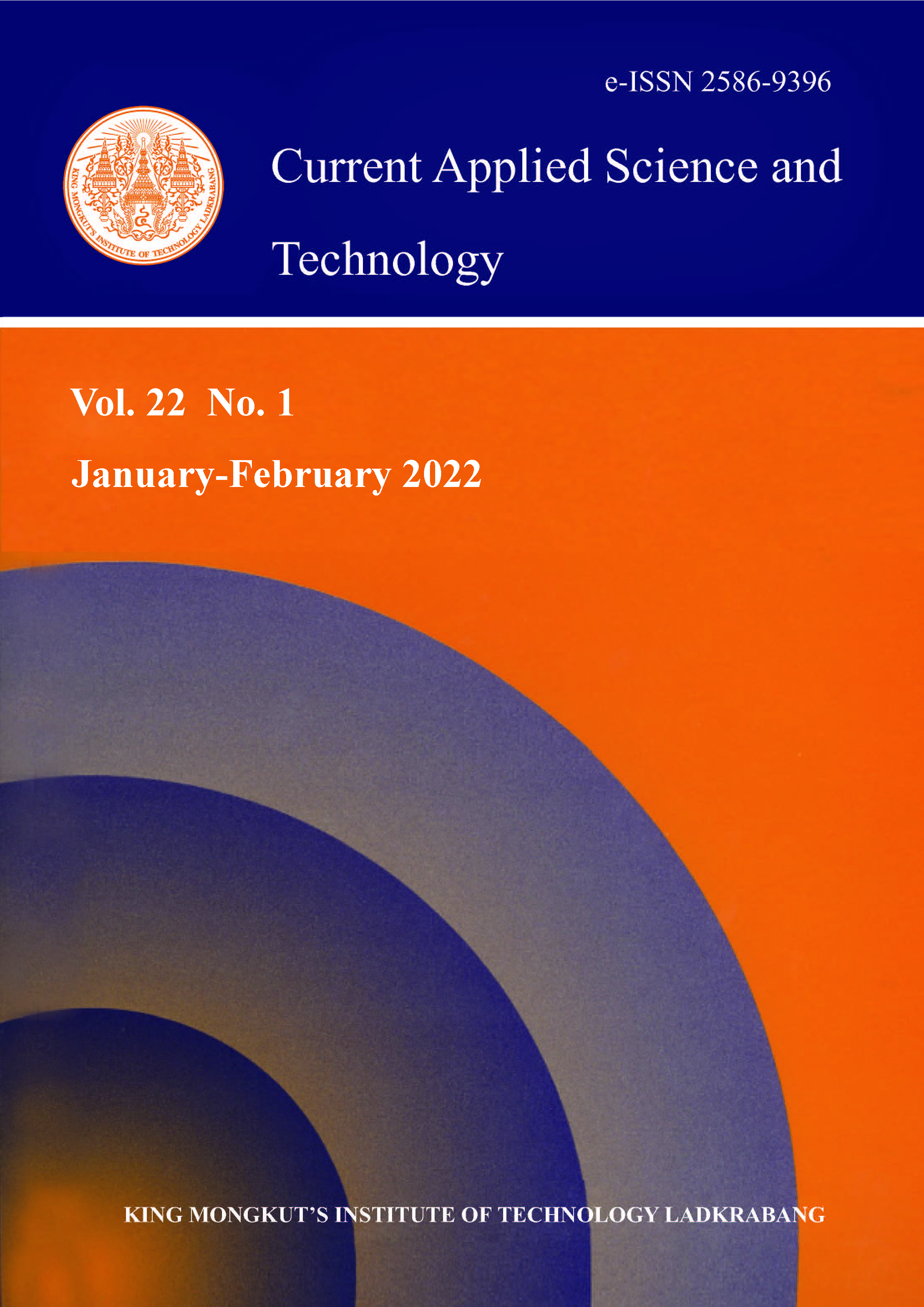Sriracha pineapple is a pineapple of the Smooth Cayenne variety and is one of Thailand's favorite tropical fruits. It is not only one of the most favorite agricultural products for the pineapple processing and canning industries but it is also widely consumed as a fresh fruit. Many exporters and consumers prefer to measure juiciness before processing food products and consuming, respectively. The traditional method used by pineapple sellers or farmers for fruit juiciness classification is to tap the pineapple using force impulse techniques with a rubber-tipped stick or a person's middle finger tapping. However, these traditional methods of classification require a lot of expertise and experience. Thus, the inspector's perception of accomplishing the classification process may be inclined to errors and uneven results. This paper proposes a combination of acoustic sensing and convolutional neural network (CNN). The tapping sound of 30 Sriracha pineapple samples using force impulse techniques was recorded on smartphone. The tapping sounds were processed into a juiciness classification system of three classes: (1) Juiciness 1, (2) Juiciness 2, and (3) Juiciness 3. The system involved a combination of acoustic sensing and CNN to compare the results between Mel Frequency Cepstral Coefficient (MFCC) and Mel-Spectrogram features extraction, with replication of the same CNN model, to evaluate the pineapple's edibility from its juiciness level. Experimental results showed that MFCC combined with CNN performed the best, with an accuracy of 96.67% and F1-score of 0.97. It outperformed the Mel-spectrogram combined with CNN.
Keywords: acoustic sensing; quality edible evaluation; deep learning; pineapple juiciness; classification; MFCC; Mel-Spectrogram
*Corresponding author: Tel.: (+66) 861777572
E-mail: pongpinigpinyo_s@su.ac.th
Phawiakkharakun, S. undefined. ., Taeprasartsit, P. undefined. ., & Pongpinigpinyo*, S. undefined. . (2021). Acoustic Sensing for Quality Edible Evaluation of Sriracha Pineapple Using Convolutional Neural Network. CURRENT APPLIED SCIENCE AND TECHNOLOGY, DOI: 10.55003/cast.2022.01.22.011 (15 pages). https://doi.org/10.55003/cast.2022.01.22.011
